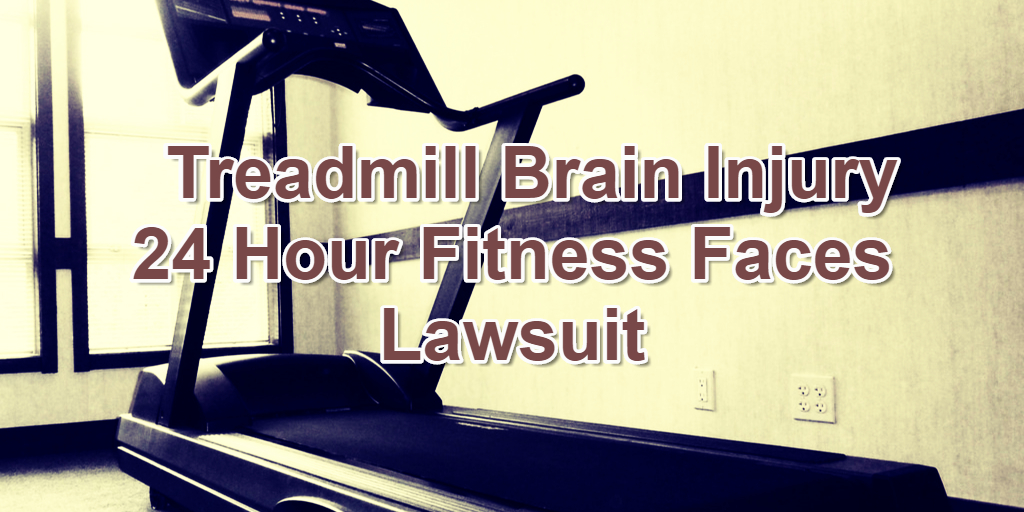The Department of Health and Human Services recommends 30 minutes of physical activity every day. Doctors encourage exercise so enthusiastically because exercise improves mental, physical, and emotional health. Exercise is the key to a healthy, happier life, but what happens when exercise is the cause of pain or injury? In fact, USA Today reported that nearly 460,000 people suffered injuries from exercise equipment. In January 2011, Etelvina Jimenez experienced a traumatic brain injury while operating a treadmill. Her lawsuit against 24 Hour Fitness is igniting a national discussion about the safety of gym equipment – particularly treadmills – and the responsibility of gyms to reduce risk of injury to gym patrons.
Types of equipment-related injuries
- Overuse
- User error
- Mechanical malfunction
- Improper equipment spacing
Treadmill risks
Treadmills pose a particular risk because the machine moves whether or not the user is moving. For instance, consider an upright bike or an elliptical: as soon as the user stops moving, the machine slows and stops. Treadmill belts, however, run continuously until the user pushes the “stop” button or activates the emergency stop.
Etelvina Jimenez’s injury highlights the particular problem of treadmills. Brain scans revealed that Jimenez fainted (medically, she experienced a syncope) and fell backwards. Fainting and falling while using a treadmill is dangerous by itself, but Jimenez was thrown backwards and hit her head on the base of a leg machine, which was 3 feet and 10 inches behind her treadmill. The fall caused multiple fractures in her skull and required multiple surgeries.
Jimenez’s lawsuit highlights treadmill dangers
The most common treadmill-related injuries are pinched fingers or burned skin from a fall. However, more serious injuries occur with inadequate equipment spacing. If a treadmill is close to a back wall, a gym patron is potentially at risk for falling and becoming pinned between the wall and the rotating belt. ASTM International recommends a clearance of 6.5 feet behind each treadmill for this very reason. The spacing behind Jimenez’s treadmill was nowhere near the recommended 6.5 feet gap. However, there is no agency that conducts safety checks or enforces the recommend clearance. The closest thing to a safety check is the fire department which ensures that no fire exits are blocked.
If safety concerns can be addressed properly, perhaps injuries like Jimenez’s will become a thing of the past.


